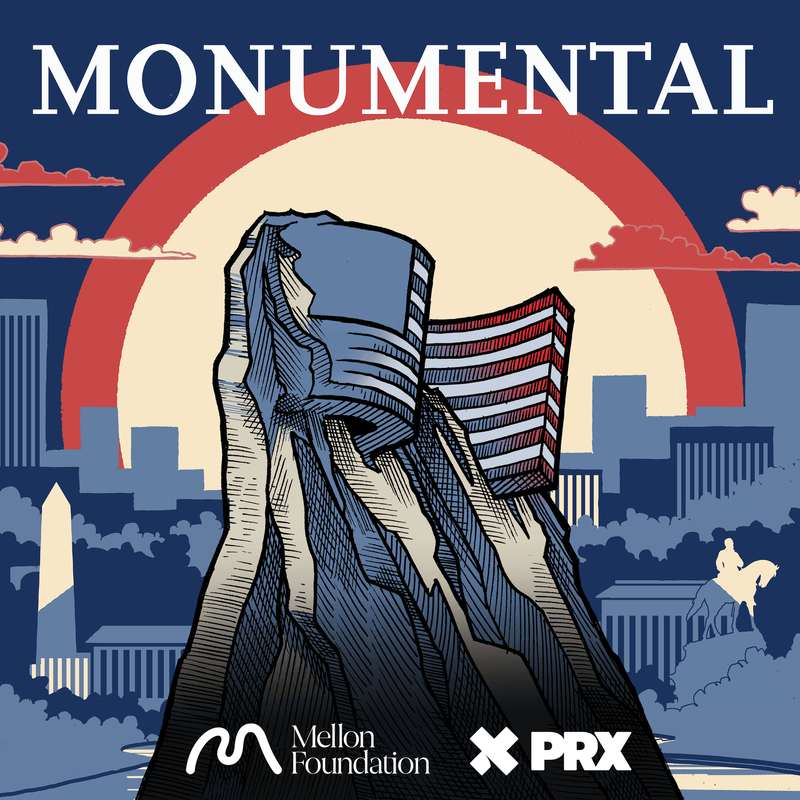 Rellat onored to have produced this story, Hell Valley, Hawaii, USA alongside my colleagueHonolulu based print journalist and photographer J Matt + the entire PRX team. The whole series is excellent - and worth a listen! Recokoning with our monuments is series business, as you know. Our episode looks at the people and communities behind a new monument in Hawaii, on Oahu. And some of the challenges that come with the U.S. Park Service's management of such sites, that commemorate and ackowledge horrible parts of our nation's past, like the forced incarceration of people of Japanese ancestry in WWII --- and how to prevent this in the future. Pearl Harbor National Monument is the most visited place in Hawaii, and it’s one of two national sites recognizing a foreign assault on U.S. soil. The monument tells the story of the Japanese Empire’s sneak attack on the island of Oahu in 1941 and how the U.S. declared war on Japan and entered World War II the following day. But the U.S. government did something else that’s not often talked about: martial law was immediately declared in Hawaii, followed by the incarceration of men, women and children of Japanese ancestry. Just over ten miles from Pearl Harbor is the Honouliuli National Historic Site. It was Hawaii's largest and longest-serving World War II confinement camp, and it’s now being developed by the National Park Service as a new memorial space that will eventually be open to the public. It’s only when we look at Pearl Harbor and Honouliuli together, and see them as inextricably part of the same story, that we can reconcile who we Americans believe ourselves to be...with who we sometimes actually are. Hope you listen! Tell me what you think.
0 Comments
Hey + happy 2024! Over the past 6 months or so, I've had the pleasure of working on a long form audio story with my pal, the exceptional photographer, reporter, big wave swimmer, cat parent, and Honolulu based human being, J Matt. J and I are reporting and producing an Episode for the PRX MONUMENTAL series, which is supported by the MELLON FOUNDATION. Our Episode is a part of a series of stories that crack open and interrogate the state of monuments across the greater U.S. and what their future says about where we are now and where we’re going. I'm thrilled and honored to be part of this project, with so many amazing and talented audio producers, journalists, and storytellers (and editors and PRX team) --- creating all 10 episodes. Our Episode will drop this Jan 2024, stay tuned! Whew!
Just back from a Whirlwind Portland, Maine to Maui film production adventure along with True Life Media/Christoph Gelfand. What a place, what a time, so many layers to Maui, so much nuance to understand it all. We are grateful for our (short, but sweet) time in Maui, and the opportunity to work on a new short documentary in such a beautiful setting. While we can't say too much about it just yet, we CAN say that we're super excited, honored and thrilled to share this story once it's complete. And we're equally grateful to support from The Puffin Foundation, which helped make this part of our film journey possible. My profile of post-Riot Grrrl feminist punk band Bait Bag, Founded in 2018 by Fiona Robins, Claire Donnelly, and Courtney Naliboff, the band is making waves beyond North Haven Island, where they live. "Oh no, your mom would never like this music." Featured on KEXP's Sound + Vision.
Super excited I'm an LEF Fellow for this year's Flaherty Film Seminar. Can't wait to meet all the fellows and engage in the films and discussions. Dang, The Flaherty Seminar began in the 1950s before the era of film schools-when Robert Flaherty's widow, Frances, convened a group of filmmakers, critics, curators, musicians, and other film enthusiasts at the Flaherty farm in Vermont. For more than sixty years the Flaherty Seminar has been firmly established as a one-of-a-kind institution that seeks to encourage filmmakers and other artists to explore the potential of the moving image. The films of such directors as Louis Malle, the Maysles brothers, Mira Nair, Satyajit Ray, Agneés Varda, John Cassavetes, Marlon Riggs, Yasujiro Ozu, Pedro Costa and Joris Ivens were shown at the Seminar before they were known generally in the American film community! I'm grateful to the LEF Foundation for this opportunity. Updates on LIVING SOUND documentaryWe are honored to receive a Maine Arts Commission Project Grant for Maine Artists for our continued production work on LIVING SOUND. Things have shifted during the pandemic, but are moving forward on production and interviews, to tell the story of legendary record producer Ethel Gabriel. Also, SoundGirls, who we are in association with, has awarded two Ethel Gabriel scholarships for 2021 to support continuing audio education for women in sound.The 2020 recipients are Katherine Brophy and Dian Yu.
Dian Yu is from Beijing China, where she studied sound. She was accepted into the Sound Design graduate program at University of North Carolina School of the Arts. She wants to be a role model for young women in her field. Katherine Brophy is studying at Belmont University in Nashville, TN, graduating May 2021 (GPA 3.724, Dean’s List) . She will earn a Bachelor’s of Music Business with an emphasis in Production. WHEW! 2020! It's been a whirlwind, but we are still going strong on our Ethel Gabriel documentary-called LIVING SOUND. Some updates are that we've done some more interviews, research, and are also really thrilled to say that we are now part of the WOMEN MAKE MOVIES PRODUCTION ASSISTANCE PROGRAM and they also are our fiscal sponsors. We admire the work WMM does for women in film, and we join other filmmakers and films we admire. We also are honored to have been awarded grants from: the Ellis-Beauregard Foundation, which provides resources for artists, engages with community and promotes the legacy of the founding artists, Joan Beauregard and John David Ellis. The grant allowed us to travel to the SF Bay Area in February, right before the pandemic hit, to interview key subjects and to visit Skywalker Sound! FUN! We also received a Maine Arts Commission Grant this summer, which will allow us to move forward on production, archival costs, and legal work. SUPPORT the arts in 2020, we all need art! We all need hope, reflection, and ART!
Hey hey! Am excited to share that I am in production on LIVING STRINGS - a new documentary that tells the story of trailblazing record producer Ethel Gabriel! I'm working with Christoph Gelfand, April Tucker, in collaboration with SoundGirls on this new documentary. Take a peak at the film website ethelgabrieldoc.com/
MORE SOON! Excited to announce that 2019 will bring a new project, BUS STOP STORIES.
I'll be working alongside artist Kelly Rioux, the Portland, Maine METRO bus system and its riders to get this project off the ground. STAY TUNED! Bus Stop Stories is a mobile public storytelling project that meets + engages riders right where they’re at–bus stops, shelters + on board the city’s buses. Working alongside riders to create and tell their own stories, the project culminates in an immersive tour, where the public is invited aboard a moving bus to listen to audio stories and view portraits, while stopping at temporary pop-up art/bus shelters created by riders. What if–instead of cultivating invisibility–using the city bus created a new modality for an abundance of omitted voices, ideas + narratives to be heard, celebrated + distributed? Bus Stop Stories centers the art and stories of riders to articulate and frame critical challenges and opportunities, while inserting excitement into a moving system. Thanks to the KINDLING FUND, a statewide regranting program for artist-organized projects, administered by SPACE Gallery on behalf of the Andy Warhol Foundation for the Visual Arts Regional Regranting Network. I was honored to participate in a group installation, World Making, at NEW FRUIT in Portland this August, alongside so many rad women artists. I love New Fruit so much.
My work, TEMPORARY HOMES, an audio-driven installation based on interviews I've done with people living outdoors in Portland, Maine over about 7 years, was up and running. The first iteration of TEMPORARY HOMES was back in 2012 at the now-defunct DIRIGIMUS COLLECTIVE on Thompson's Point in Maine Hey hey. Happy fall!
My frequent collaborator, Christoph Gelfand, and I created a new short documentary, GOOD NEWS, which we were so happy to screen at the documentary-centric Camden International Film Festival in mid-September. We had fun screening GOOD NEWS alongside other Maine-made films. GOOD NEWS follows Edgar Gatto and his junk shop in the Bayside neighborhood of Portland, a place where homelessness, politics, religion, and gentrification play out every day. It captures Edgar's small corner of our city, before it's gone. We loved working with Josh and Erik at Planet Nutshell, animator Marcin Z and local musicians Big Blood. Whew! Looking forward to the festivals. |
AuthorTell me. I'll probably even record you. Archives
March 2024
Categories |
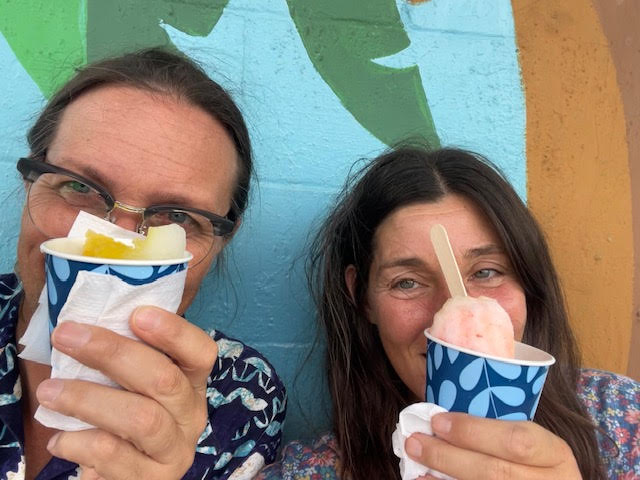
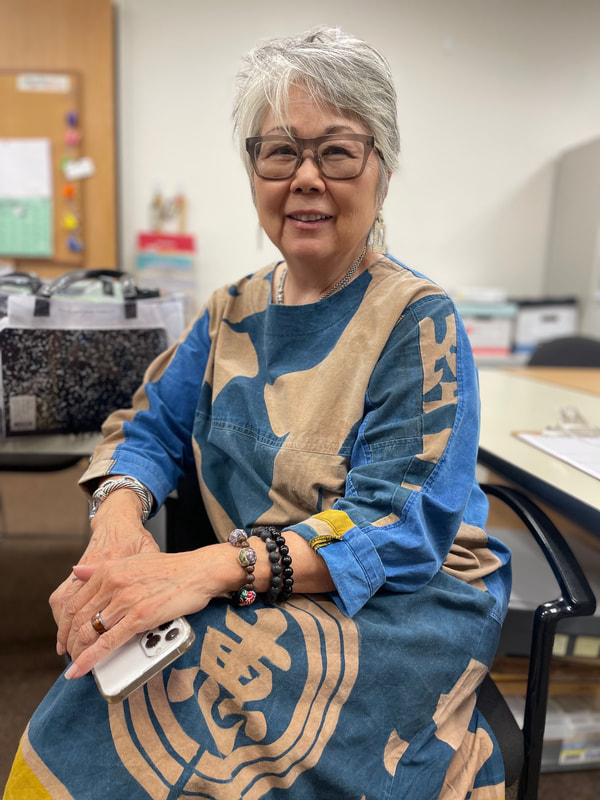
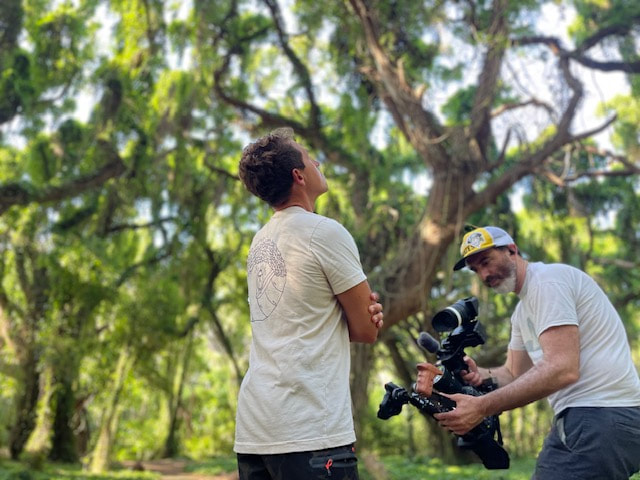
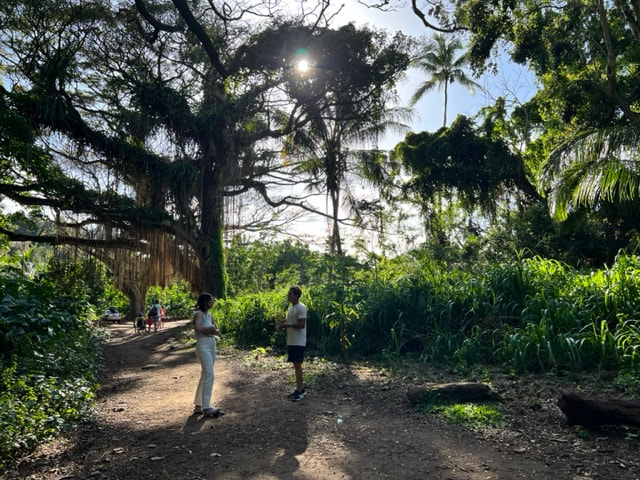
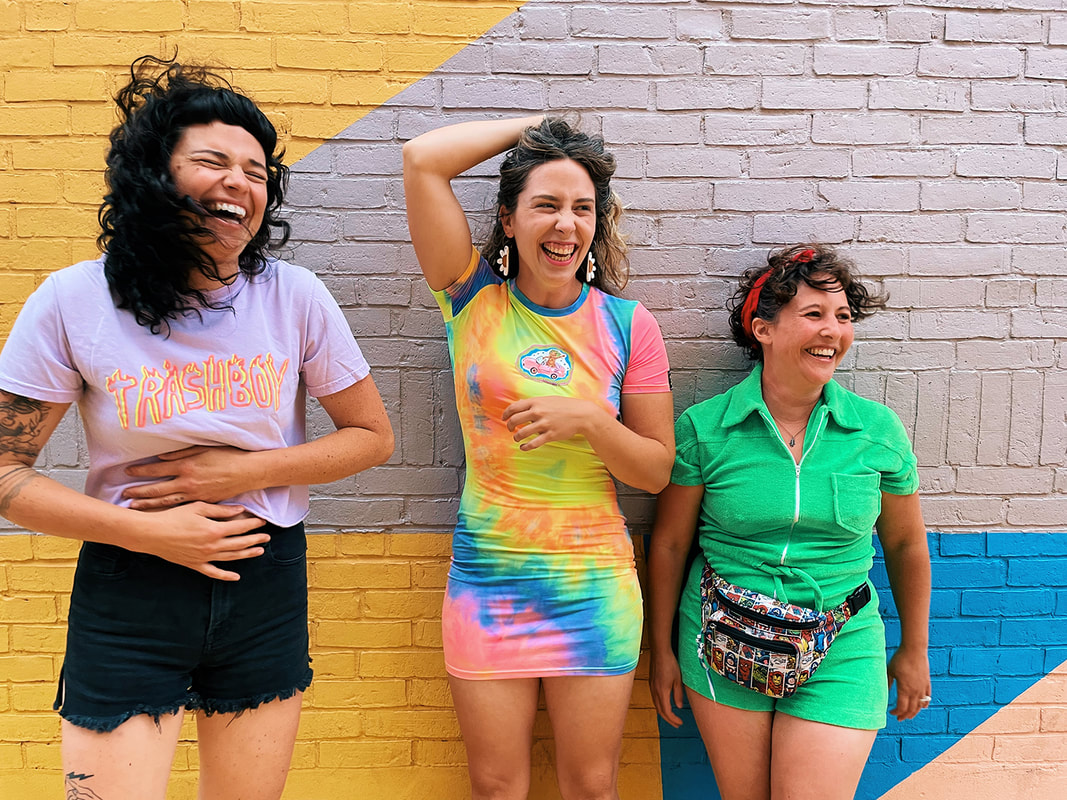
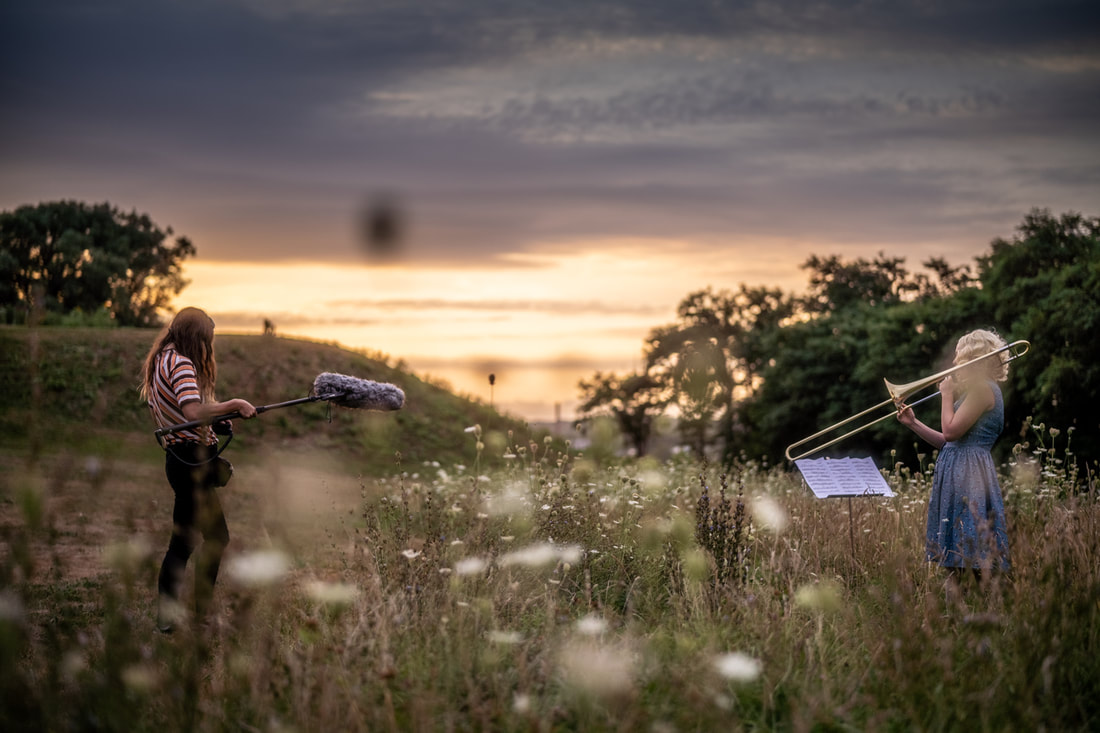
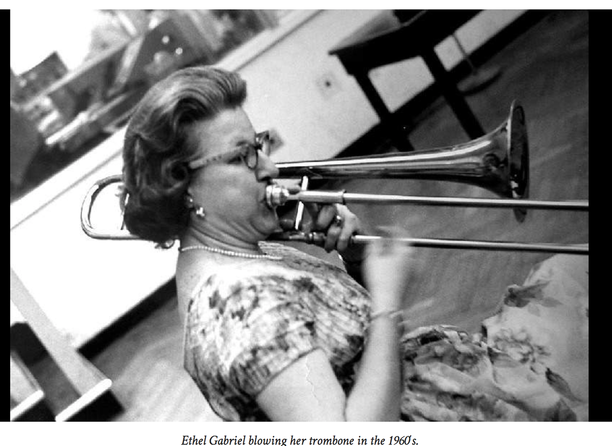
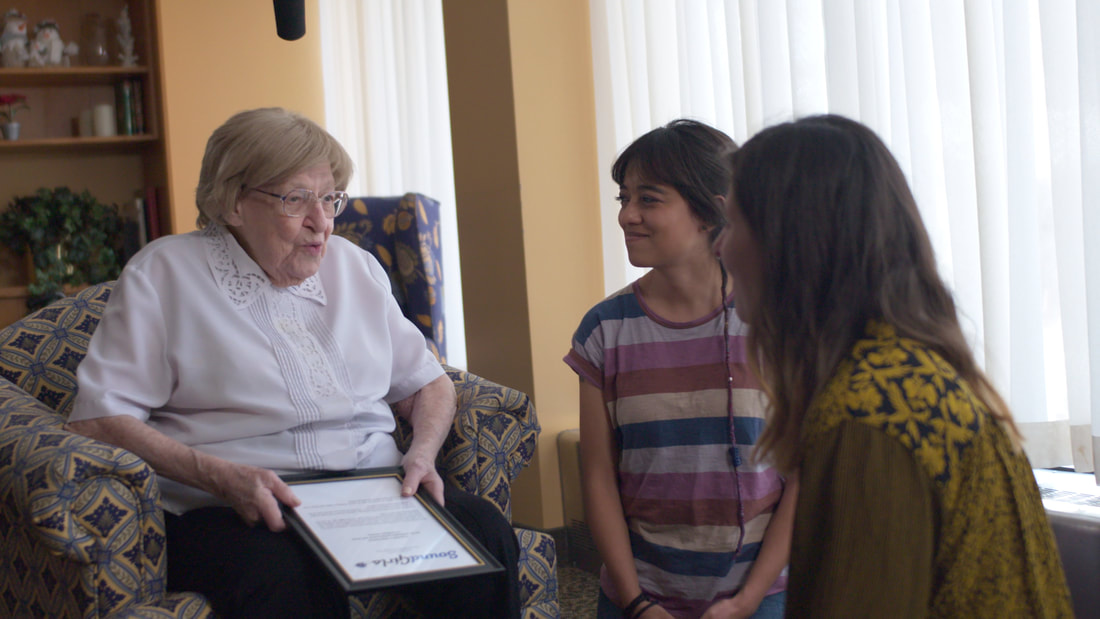
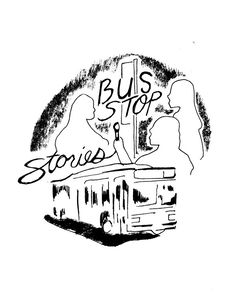
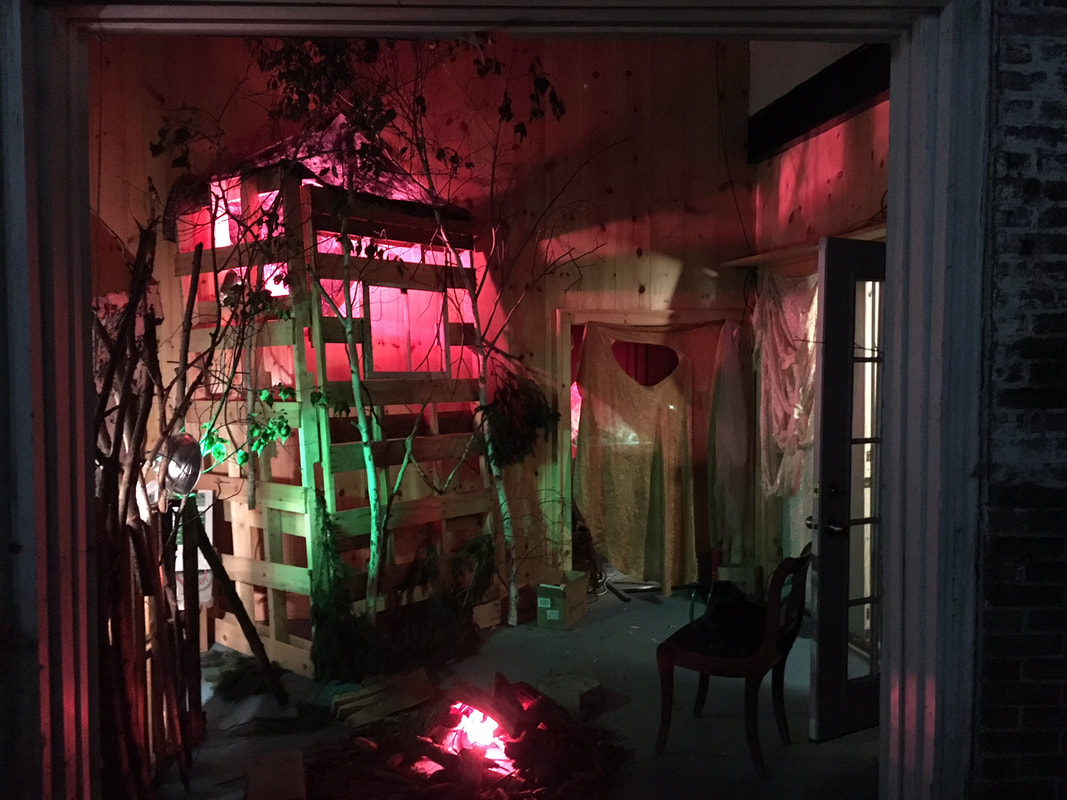
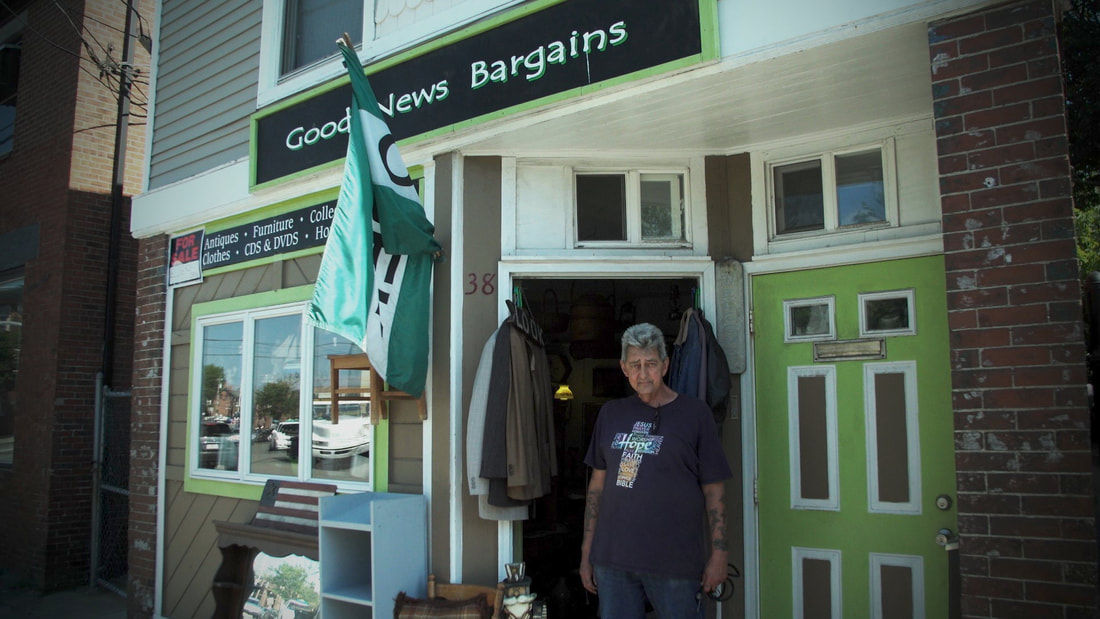
 RSS Feed
RSS Feed